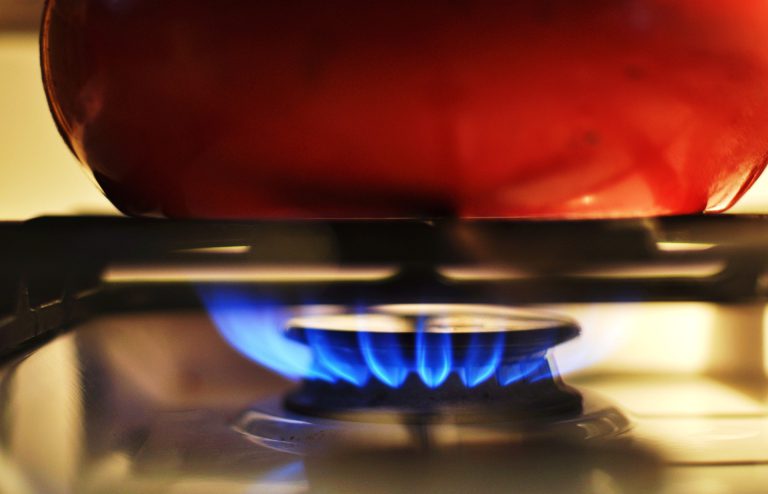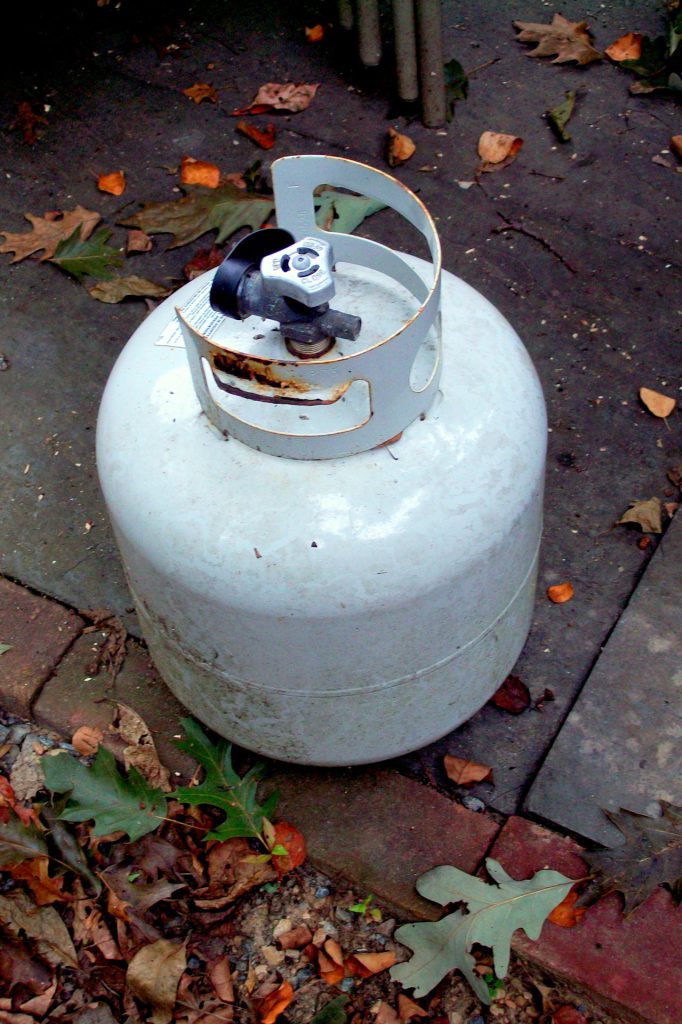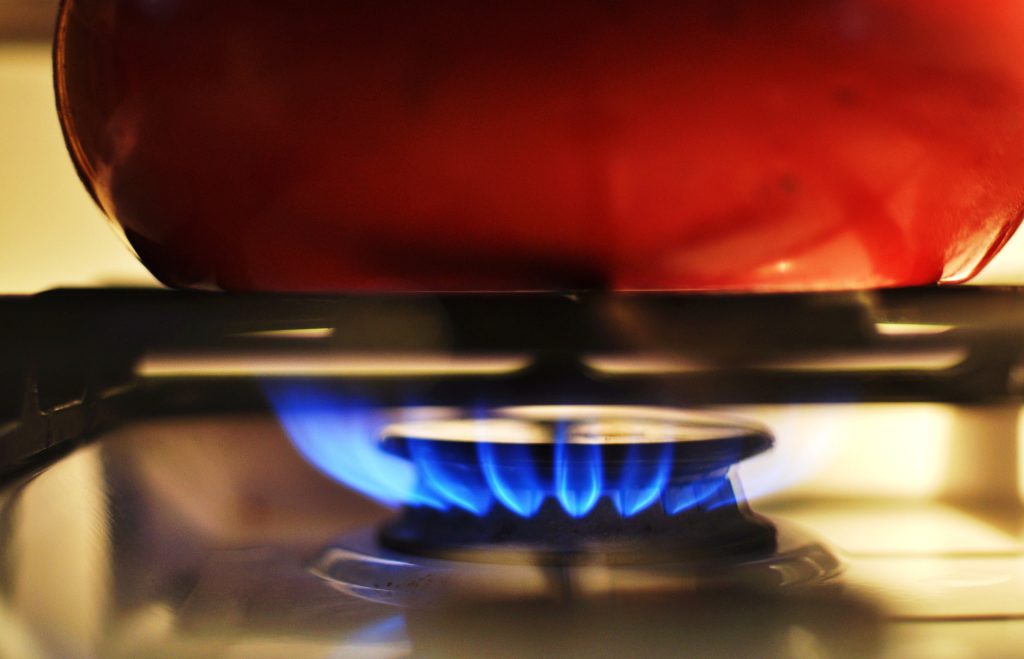
While your RV does rely on electricity to run some of its appliances, such as the microwave and air conditioner, many of the appliances found in your rig likely require propane to be used.
This is great because it means you can use these appliances while boondocking without draining your battery much, if at all. However, it also means you must learn how to use propane properly in order to ensure you and your family are safe during your RV adventures.
Fortunately, using propane in an RV is very straightforward and simple. Therefore, learning how to do so correctly should be a breeze. Here are the things you absolutely must know.

RV Propane Tank Sizes
First, you will want to learn about RV propane tank sizes. Your motorhome or travel trailer likely came equipped with propane tanks, but depending on the type of tank and holder you have, it might be possible to change the size. If you plan to go bigger, make sure to keep the weight of the fuel in mind and ensure you don’t exceed your cargo carrying capacity.
In a motorhome, your tank or tanks might hold up to 100 pounds of propane. The largest of these tanks tend to be affixed to the motorhome and are referred to as ASME tanks. That said, many smaller motorhomes do not include ASME tanks. Instead, they—just like most travel trailers—use the smaller DOT cylinders.
DOT cylinders are similar to what you might use to fuel a grill and tend to come in a standard RV 30-pound size, though some RVs do use 20-pound cylinders instead. These are mounted to the front of your RV using a propane tank holder. A propane tank holder may carry one cylinder or it might accommodate two of the same size. In any case, you will want to ensure that whatever cylinders you use can be fit snugly into the holder for safety during travel.
Need a replacement tank for your rig? Try searching “RV propane near me” to find a place to buy one.
Safely Using Your RV Propane Tanks
When using propane in your RV, safety should always come first. Here are our quick tips for using this fuel source safely:
Check your system regularly — Visually check the entire system twice a year. Watch for things that might be rubbing against propane lines, as well as debris and other things that look out of place. If you suspect a propane leak, try spraying soapy water along the line until you see bubbles form. This will help you track the leak down so it can be repaired.
Install and maintain detectors — Every RV should have operational fire, propane, and carbon monoxide detectors. These will alert occupants of an issue. If your propane detector goes off or if you smell propane, quickly get rid of all heat and fire sources, leave the RV, and leave the door open for ventilation. If the carbon monoxide or fire detectors go off, leave immediately.

Using Your RV Propane Heater and Other Appliances
With your tanks all filled and hooked up, it’s time to put them to the test. The following RV appliances tend to use propane:
- Refrigerator (may have an electric option as well)
- RV propane furnace
- Stove
- Oven
- Water heater (may have an electric option as well)
You will want to turn each of these on and ensure it is working properly. Keep in mind that air often makes its way into the lines between fill-ups, meaning you may need to bleed the lines for several seconds before an appliance will ignite. The stove tends to be the best appliance to use when bleeding lines, so we recommend testing this first.
To use your RV stove and oven, you will first need to feed propane through the lines by pushing in a knob and turning it to the point indicated on the knob (labeled “Light” on most stove knobs and “Pilot” on most oven knobs). Continue to hold the knob in while you use a lighter (or the built-in spark knob, if you have one) to light the fuel. You can then turn the knob to the desired temperature. In some cases, you will need to let the oven pilot light run for several seconds before turning to the temperature you need.
Your furnace should be pretty self-explanatory. Just make sure nothing is blocking your vents or your intake vent in order to avoid creating a fire hazard.
The refrigerator is just as easy to figure out as the furnace, and the water heater is pretty simple as well. That said, you will want to make sure your tank has water in it before turning the heater on. Sometimes the tank is bypassed during winterization, and if this is the case, no water will be running through it. You can check this by looking for a bypass valve near the tank and switching it to open if need be.
Knowing When It’s Time for an RV Propane Refill
Of course, you will need to refill your tanks from time to time. Some RVs come equipped with RV propane gauge tools to help with this. If your rig doesn’t have one, you can always purchase one to install.
Don’t want to install a gauge? Your nose can also be helpful for knowing when the tanks are low. While you never want to hang out in an RV that smells of propane, that smell might simply be a sign of low fuel. Therefore, the weight of your tanks is a good thing to check after leaving the smelly rig. If they feel light, go ahead and go get them refilled. It might just solve your problem.
Searching “RV propane refill near me” should give you some ideas of where to go. Keep in mind that while DOT cylinders can be removed from the RV and taken into the filling station, those with ASME tanks will need to drive their entire rig to the refill location of choice.






